An Easy Approach to Espalier
Train a fruit tree into a beautiful and practical form with just a few simple steps
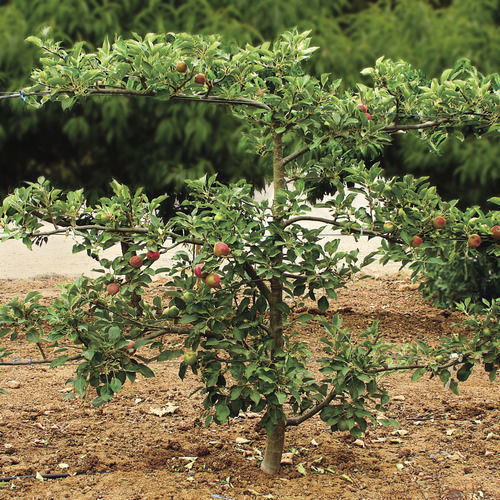
My clients often tell me that they would like to grow fruit trees but don’t because they lack the space. Others complain about a fence that needs to be broken up visually, or sometimes they just want an interesting way to divide one area of the garden from another. The answer to each of these problems is an espaliered fruit tree. Almost any tree can be trained into a two-dimensional form. From Roman gardens to French chateaux to British estates, espaliered trees have been spreading their limbs for centuries. Despite its age-old pedigree, the espalier technique is now more applicable than ever, making it possible for us to nestle fruit trees into modern small gardens where they otherwise wouldn’t fit.
Espaliered trees offer many conveniences: The fruit can be harvested without ladders, pruning (essential with any fruit tree) is easier because of the organized growth, and trees—which would ordinarily be too large—can nestle into a confined space. Diseases also tend to be hindered by the openness of espaliered trees, which permits lots of healthful airflow. As if all this wasn’t enough to turn you into an espalier devotee, these trees tend to fruit earlier because their energy is directed into fruit production rather than excessive growth. Harvesting the fruit is also an organized and easy process. On top of it all—and probably most important—espaliers are simply beautiful. The espalier technique can be done in several ways to produce different forms. The simplest is the horizontal cordon, and here’s how you create it.
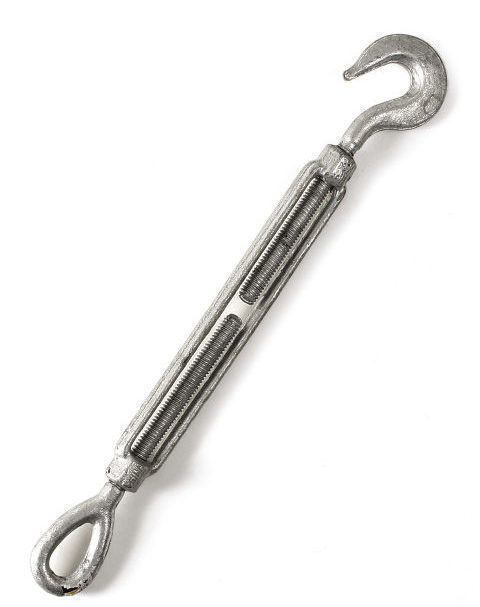
Step 1: Prepare the trellis before planting the tree
I like to secure my trees and trellises with 4×4 redwood posts that are 7 feet long (although you can go longer for a taller espalier) for sturdiness. Sink the posts 2½ feet deep into the ground, and tamp the soil around them, setting the posts 8 feet apart. Install 4-inch-long eyebolts in the posts at regular intervals: 18 inches up from the ground, then at 36 inches, and finally at 54 inches.
Be sure to leave a 2-inch-wide space between the wooden post and the eyebolt: This is the gap where your tree’s branches will grow. Run 12-gauge wire through the openings of the eyebolts, and pull tight. It helps to have turnbuckles at the end of each run to take up slack if the wire stretches. Each wire represents the path a branch will take as the tree grows into an espalier. This method will produce a three-armed espalier, but you can vary the setup to produce a two- or four-armed specimen as well.
When deciding how tall your tree will be, consider your own height; it’s nice to keep things low enough to avoid dragging out ladders for maintenance and harvest.
Step 2: Plant and train your tree
In late fall or early spring, purchase a young bare-root fruit tree (sometimes called a “whip”) on semi-dwarf rootstock; trees that are grafted on standard rootstock will be too vigorous. Look for the tallest possible whip. The best espaliers are pome fruits.
Plant the tree dead center between the posts, aligned so that the branches will extend laterally with the wires you’ve strung. Prune off any branches that do not align with the wires.
Tie the branches, if there are any, to the wire using nursery tape, but leave the tips of the branches free to stick up. This will encourage the branch to continue to grow. If there are no branches on your tree, wait for them to grow, and then tie or prune them as described.
Step 3: Prune judiciously to maintain
In summer, the buds on the top of the outstretched branches will start to grow upward. In midsummer, cut these stems back, leaving behind only two or three buds, which will create spurs. These spurs will bud and bear fruit for many years to come.
Continue to tie the extending arms to the wire, leaving the tips free, until they reach the desired length (or the end of the trellis). Then tie the very tip of each arm flush with the wire, or turn it so that it grows downward; this will slow the growth. If any spurs should grow downward, cut them off so that they don’t produce fruit and weigh down the limb. Cut the top of the tree so that it is 2 to 3 inches shorter than the topmost wire. The dormant buds at the new top of the tree should push out and create side branches.
Your tree should bear fruit by the second or third year. Once that happens, be sure to thin in early summer, leaving only one fruit per cluster. Loosen the ties securing the branches to the wire yearly so that the branches are not girdled.
Tip: Time your cuts right
If a stem is pruned back to just above a bud in winter, it will force vigorous new growth in spring. If, however, a stem is pruned back in summer, it will become a spur that will produce fruit.
PLANTS
Which tree should I pick?
Although the options seem limitless when it comes to selecting what type of tree to buy, the best option for an espalier of this type is a member of the pome fruits. This is because this group of trees continues to fruit for many years on the same spurs (short branches that produce flowers and fruit). Here are some of my favorites.
1. Apple
(Malus spp. and cvs., USDA Hardiness Zones 3–9)
Possibly the most popular espalier option, apple trees reliably produce fruit for many seasons. Although the trees can be susceptible to several fungal diseases, including rust and black spot, good air circulation will mitigate the chance of infection. Some varieties are self-pollinating, although even those thought to be fertile fruit better in the presence of a pollinator.
2. Common pear
(Pyrus communis cvs., Zones 5–9)
Pear trees vary in whether they pollinate themselves, so be sure to check the nursery tag of the variety you wish to purchase. Pear trees are also thought to be less disease-prone than apple trees.
3. Quince
(Cydonia oblonga and cvs., Zones 5–9)
If you have a shady spot, quince is the fruit tree for you. The beautiful plant produces large white or pink flowers, which give way to orbs of tart fruit that are about the size of a small fist, some of which resemble a green-yellow apple.
4. Crabapple
(Malus spp. and cvs., Zones 3–9)
Although these ornamental trees produce lots of cherry-size fruit, they are grown also for their gorgeous flowers. If you plant a crabapple tree for use as an espalier, select a cultivar that doesn’t produce tons of suckers to lessen the amount of pruning.
5. Asian pear
(Pyrus pyrifolia and cvs., Zones 6–9)
Similar in looks to the common pear tree, this unique group of trees produces fruit that is golden yellow when ripe and touts a firmer (as well as a sweeter) fruit. The heat tolerance of the Asian pear trees makes them a good choice for those living in warm parts of the country.
Maile Arnold is a garden designer and espalier expert in Sebastopol, California.
Fine Gardening Recommended Products

A.M. Leonard Deluxe Soil Knife & Leather Sheath Combo
Fine Gardening receives a commission for items purchased through links on this site, including Amazon Associates and other affiliate advertising programs.
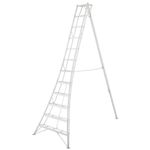
Hasegawa Tripod Ladder
Fine Gardening receives a commission for items purchased through links on this site, including Amazon Associates and other affiliate advertising programs.
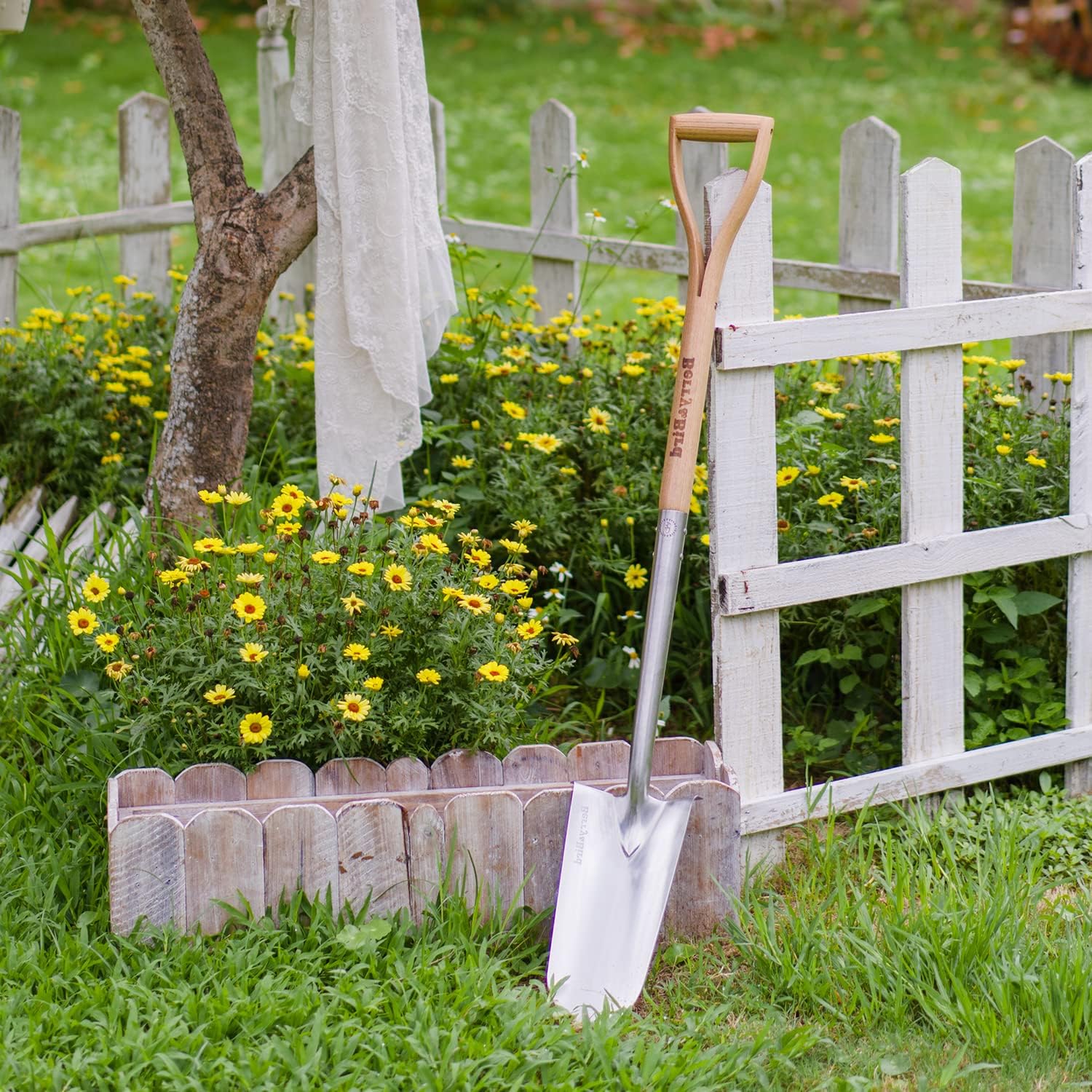
Berry & Bird Rabbiting Spade, Trenching Shovel
Fine Gardening receives a commission for items purchased through links on this site, including Amazon Associates and other affiliate advertising programs.

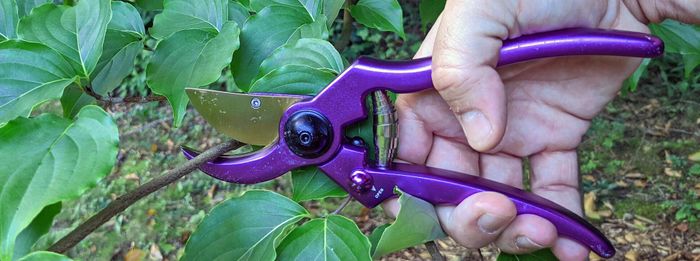

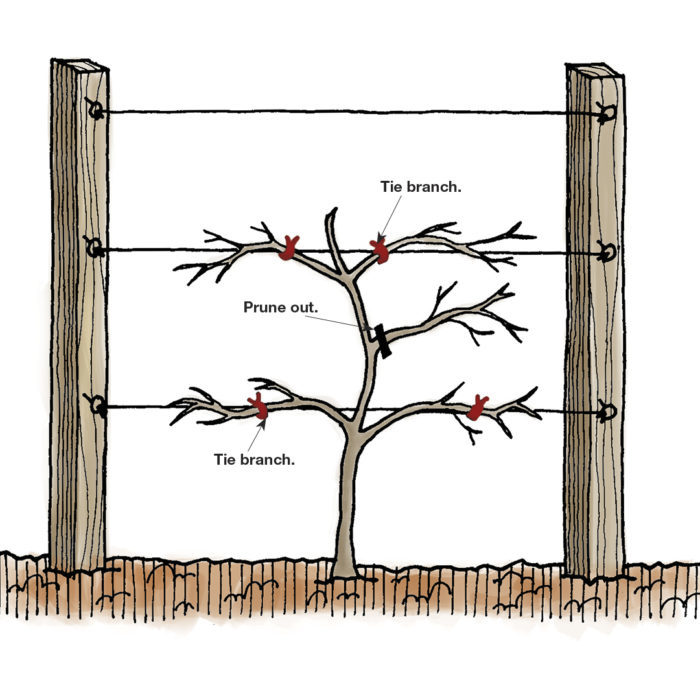
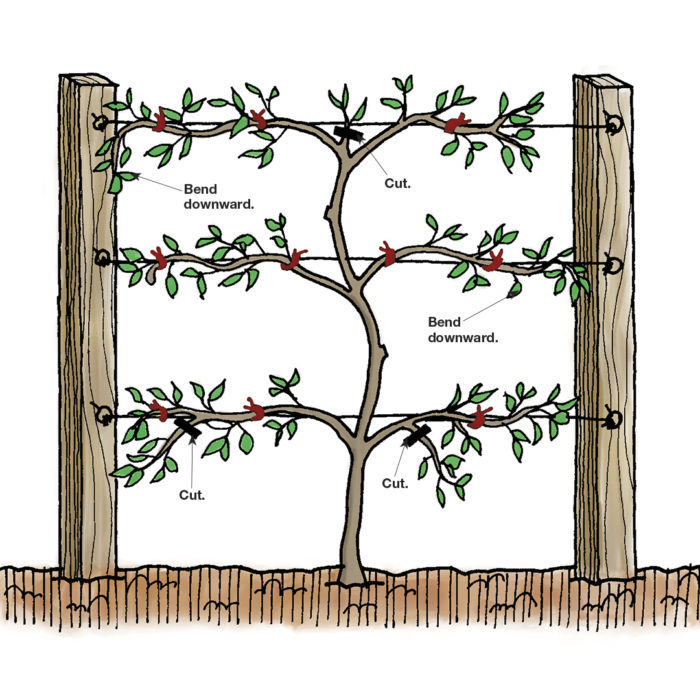

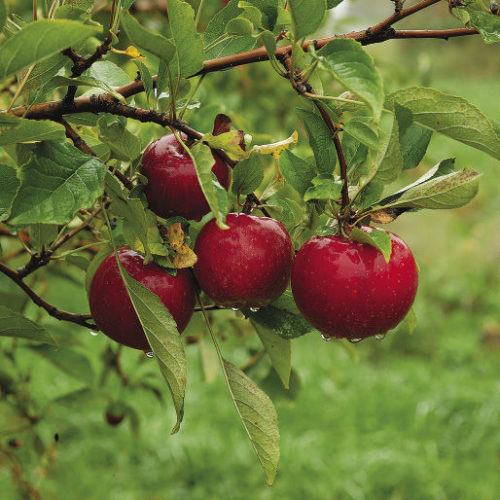
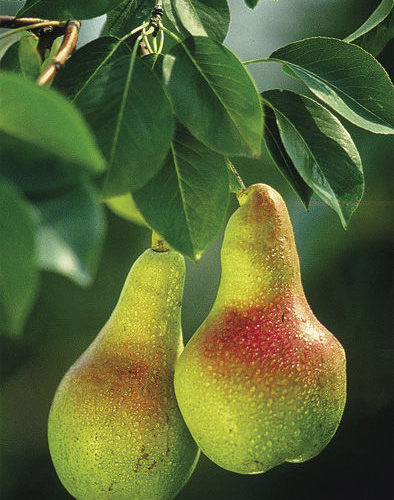
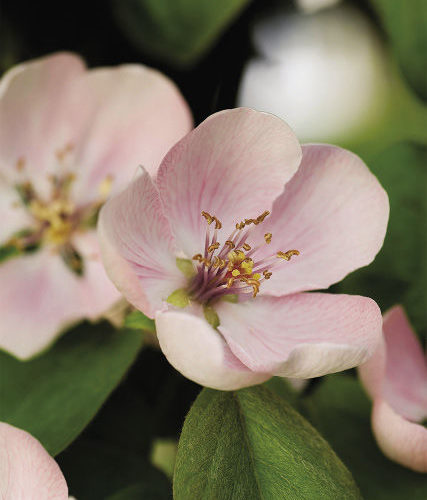
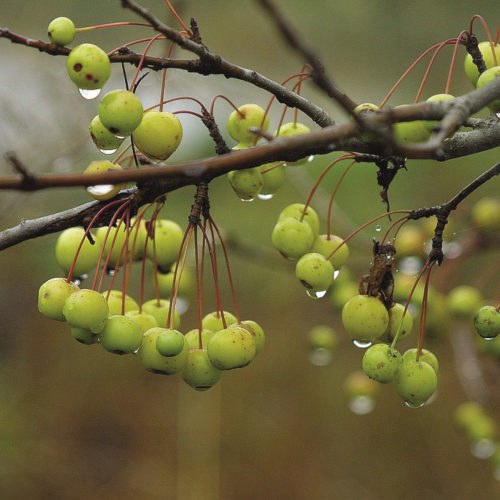
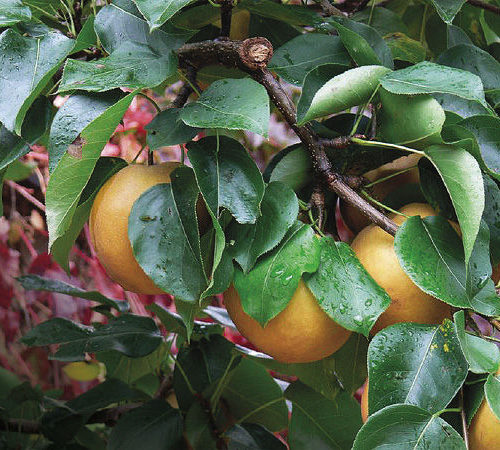




Comments
Log in or create an account to post a comment.
Sign up Log in